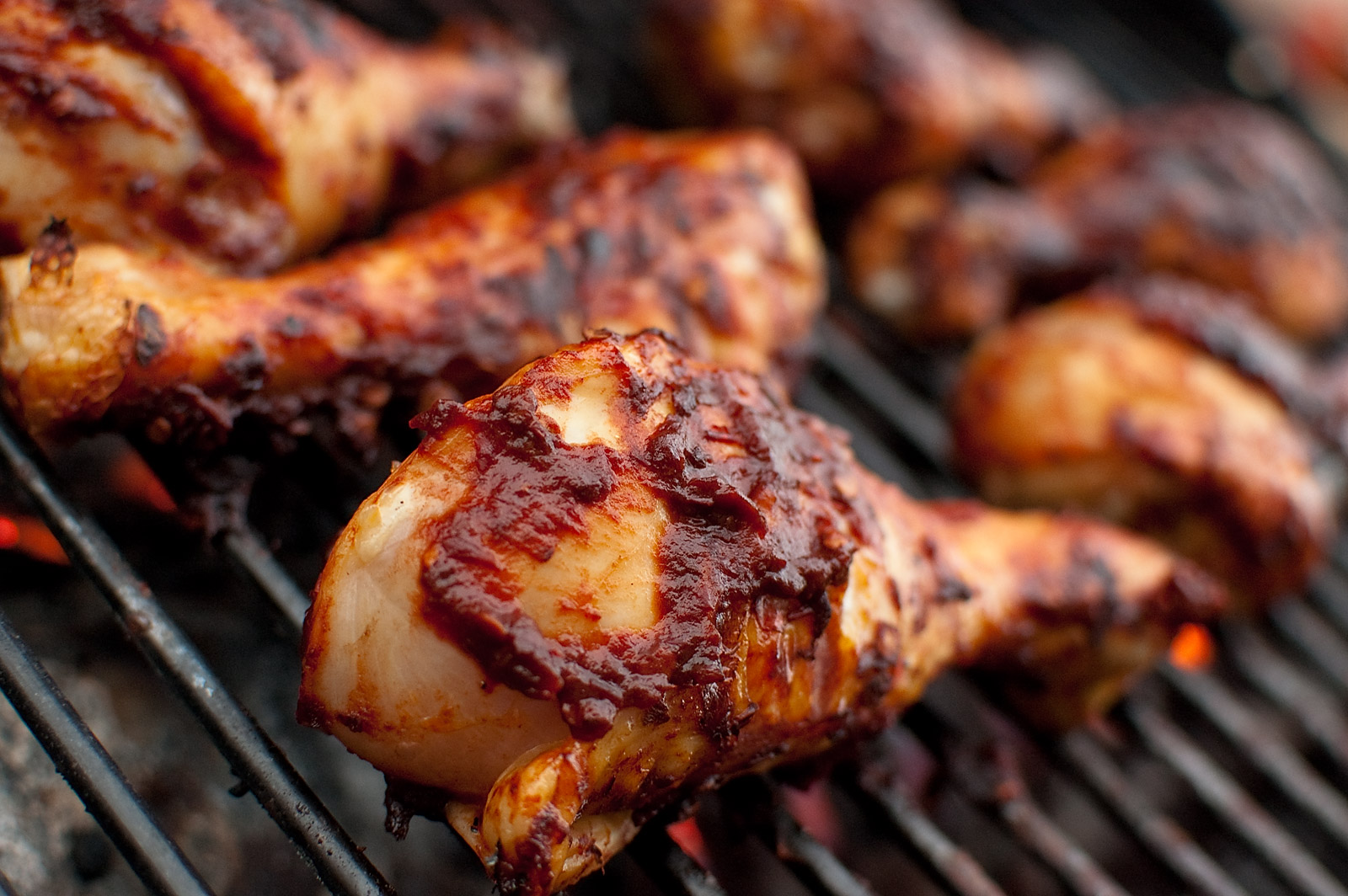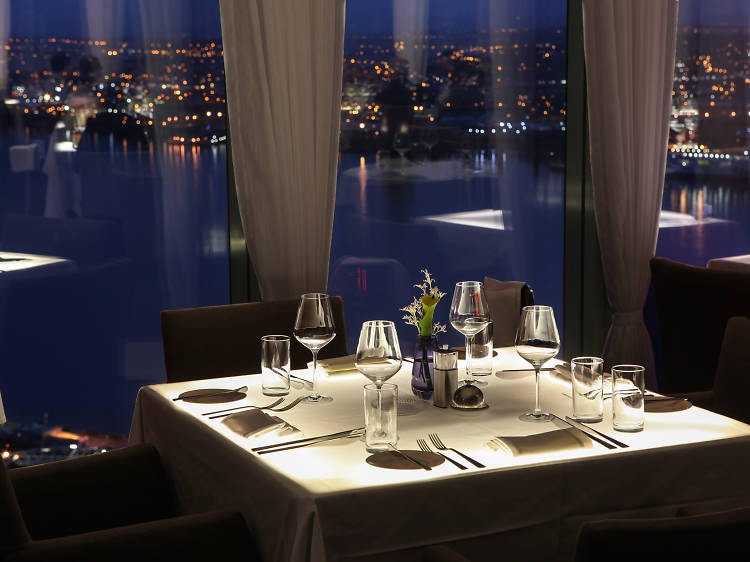How to Talk Like a Local in Hawaii: Understanding Hawaiian Slang for Visitors

Introduction
Hawaii, the lush, tropical paradise of the Pacific, is renowned for its stunning landscapes, vibrant culture, and delicious cuisine, including the famous Hawaiian poke bowl. However, beyond the natural beauty and culinary delights, Hawaii is a land of diverse cultures and languages. When visiting the islands, understanding and respecting the local culture is paramount. Part of this respect involves knowing some of the local slang and colloquialisms that Hawaiians use. One of the most essential terms for visitors to grasp is the Hawaiian slang for a visitor, also known as a “haole.” In this article, we’ll delve into the meaning of this term, its historical and cultural context, and how to navigate it respectfully while enjoying the best of Hawaii, including the iconic Hawaiian poke bowl.
What Does “Haole” Mean?
In Hawaiian slang, the term “haole” (pronounced how-lee) is commonly used to refer to a person of non-Hawaiian descent, especially those of European or Caucasian ancestry. While the term “haole” itself does not carry derogatory connotations, it’s essential to understand its context and implications in Hawaiian culture.
Origins of the Term “Haole”
The word “haole” has a long and complex history in Hawaii, reflecting the islands’ history of cultural diversity and interaction. It is believed to have been first used by early Polynesian settlers in Hawaii. The term “haole” roughly translates to “foreigner” or “non-native,” with the Polynesians using it to describe the newcomers, who were of different physical appearances and cultural backgrounds.
It’s important to note that the term “haole” originally referred to any foreigner or outsider, regardless of ethnicity or race. This evolution is likely due to the fact that these groups played a significant role in the cultural and economic shifts that occurred in Hawaii over the centuries.
Understanding the Various Meanings of “Haole”
The term “haole” is laden with nuance and can carry different meanings depending on the context in which it’s used. Here are some interpretations:
1. “Haole” is essentially a term of descriptive use to designate someone who is not of native Hawaiian descent.
2. Outsider: In some contexts, “haole” can imply that someone is an outsider or not fully integrated into Hawaiian culture. This may be due to factors such as language barriers, a lack of cultural understanding, or a perceived lack of respect for Hawaiian customs.
3. Descriptor without Negative Connotations: “Haole” is a term that is frequently used in casual talks. Similar to how individuals from outside a particular region are referred to as “mainland” in the continental United States.
4. On the other hand, “haole” may be used in a derogatory or stereotyped way in specific circumstances. particularly when it’s applied to generalise or stereotype those who aren’t native Hawaiians.
5. Cultural Sensitivity: Hawaiians place great importance on cultural respect, and in many contexts. The term “haole” serves as a reminder of the need for cultural sensitivity and an understanding of the native Hawaiian culture.
Navigating “Haole” as a Visitor
For visitors to Hawaii, understanding and respecting the use of the term “haole” is crucial to a positive and culturally sensitive experience. Here are some guidelines to consider:
1. Education: Take the time to learn about the history, culture, and traditions of Hawaii before your visit. This shows a genuine interest and respect for the place you are visiting.
2. Respect Local Customs: Always respect local customs and traditions. When visiting sacred sites, remember to follow any guidelines or restrictions and show reverence for the cultural significance of these places.
3. Mindful Behavior: Be mindful of your behavior and impact on the environment. Hawaii’s natural beauty is fragile, and respecting the environment is a significant part of Hawaiian culture.
4. Support Local Businesses: Support local businesses, artisans, and food vendors. Try the delicious Hawaiian poke bowls and other local dishes, and immerse yourself in the vibrant culture.
5. Engage Respectfully: Engage respectfully with the local community. Listen more than you speak, ask questions when appropriate, and learn from your interactions.
6. Cultural Sensitivity: Understand that the term “haole” may be used with varying connotations. If you encounter the term, approach it with an open mind and without offense. Embrace the opportunity to learn and engage with the local culture more deeply.
Incorporating “Haole” into Your Hawaiian Experience
Rather than being a term to fear, “haole” should be seen as an invitation to engage with the rich and diverse culture of Hawaii. Visitors who show respect for the local customs, traditions. History of the islands are more likely to have a fulfilling and enjoyable experience. Embrace the opportunity to learn about the unique blend of cultures that have shaped Hawaii. Be open to the different meanings the term “haole” can carry in different contexts.
While in Hawaii, make sure to savor the iconic Hawaiian poke bowl. A dish that encapsulates the essence of the islands. These delectable bowls are brimming with fresh, vibrant ingredients and bold flavors that showcase the unique fusion of cultures in Hawaiian cuisine.
Conclusion
Visiting Hawaii is an opportunity to explore a world of breathtaking landscapes, rich cultural diversity, and delicious culinary traditions, including the beloved Hawaiian poke bowl. Understanding the local slang, like the term “haole,” is an essential part of engaging with the culture and community. Hawaii’s history is marked by its ability to embrace and celebrate the diverse influences that have shaped the islands. By approaching the term “haole” with cultural sensitivity and a desire to learn. You can become a more respectful and informed visitor. Deepening your connection with the beauty and traditions of the Aloha State.



